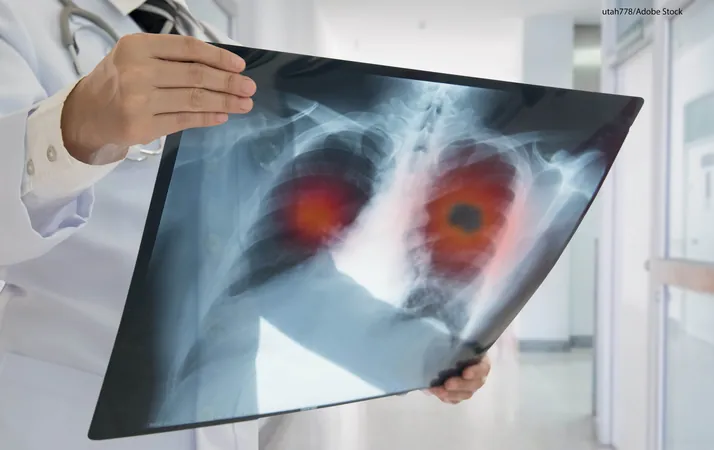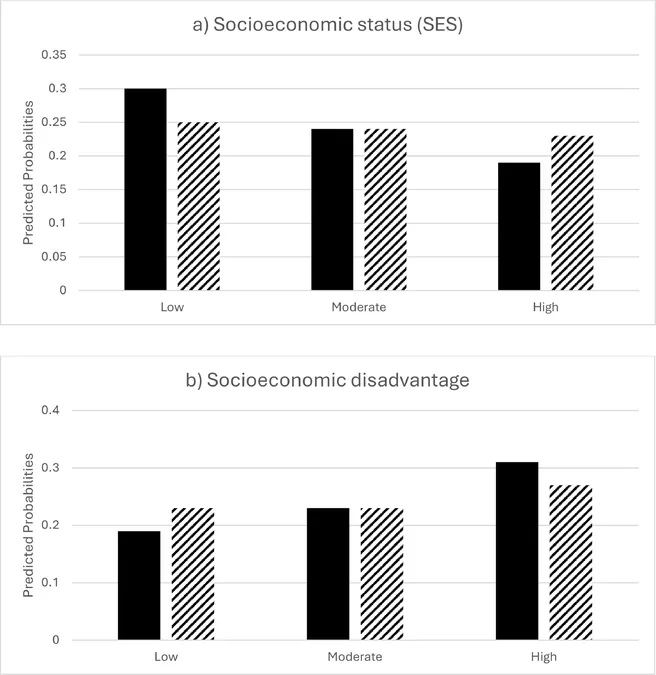
Lung Cancer Survival Rates Soar, But Major Testing Gaps Remain!
2024-11-27
Author: Yu
Overview of Lung Cancer Survival Rates
A recent report from the American Lung Association, titled the 2024 State of Lung Cancer, brings both good news and dire warnings regarding lung cancer survival in the United States. While lung cancer survival rates have improved significantly, climbing by 26% over the past five years, glaring gaps in biomarker testing and low screening rates continue to pose challenges that could save even more lives.
Insurance Coverage Gaps
The report reveals a shocking lack of insurance coverage for lung cancer biomarker testing across the nation. It shows that 30 states and Washington D.C. do not mandate insurance plans to cover these crucial tests, while only 15 states require comprehensive coverage, and another 5 only partially do. This disparity means many patients are missing out on vital testing that could provide critical information for tailored treatments.
Expert Commentary
Harold Wimmer, president and CEO of the American Lung Association, emphasized the duality of the report's findings. "While we celebrate that more individuals with lung cancer are living longer, we must not forget that lung cancer remains the number one cause of cancer deaths in the U.S. This report highlights essential actions that state and federal governments must take to enhance the lives of those affected."
Screening Statistics
One of the concerning statistics highlighted is that only 16% of eligible patients underwent lung cancer screenings in 2023. Among states, Rhode Island leads the nation with a screening rate of 28.6%, while Wyoming trails drastically at 8.6%. Early detection is crucial, as the report underscores a stark difference in survival rates: the average 5-year survival for lung cancer is 28.4%, but jumps to an impressive 64% when detected at an early stage.
Treatment Landscape
The report also sheds light on the treatment landscape. It reveals that a mere 20.7% of patients diagnosed with early-stage lung cancer received surgery, which reflects a 2% decrease since 2021, likely influenced by the ongoing repercussions of the COVID-19 pandemic on healthcare practices. Alarmingly, 20.9% of diagnosed patients received no treatment, underlining a critical need for advocacy and intervention.
Disparities in Diagnosis and Treatment
Moreover, the report highlights disparities in lung cancer diagnosis and treatment among different racial and ethnic groups. People of color were found to be less likely to receive early diagnoses and surgical interventions, and more prone to go untreated altogether.
Call to Action
In response to these findings, the American Lung Association is calling on all states to ensure that biomarker testing is included in insurance coverage. They are also advocating for Congress to pass the Increasing Access to Lung Cancer Screening Act (H.R. 4286), which would simplify access to lung cancer screenings without the burden of prior authorizations under Medicaid, Medicare, and private health insurance.
Legislative Impact
This legislation promises to not only facilitate annual lung cancer screenings for recommended patients but also expand Medicaid coverage options for smoking cessation counseling and medications for everyone, not just pregnant women.
Conclusion and Future Outlook
As the battle against lung cancer continues, all eyes are on policymakers to act swiftly in adopting measures that could save countless lives. With advancements in biomarker testing and increased screening, the potential for transforming lung cancer treatment is enormous! Will the government step up and close these critical gaps before more lives are lost?


 Brasil (PT)
Brasil (PT)
 Canada (EN)
Canada (EN)
 Chile (ES)
Chile (ES)
 España (ES)
España (ES)
 France (FR)
France (FR)
 Hong Kong (EN)
Hong Kong (EN)
 Italia (IT)
Italia (IT)
 日本 (JA)
日本 (JA)
 Magyarország (HU)
Magyarország (HU)
 Norge (NO)
Norge (NO)
 Polska (PL)
Polska (PL)
 Schweiz (DE)
Schweiz (DE)
 Singapore (EN)
Singapore (EN)
 Sverige (SV)
Sverige (SV)
 Suomi (FI)
Suomi (FI)
 Türkiye (TR)
Türkiye (TR)